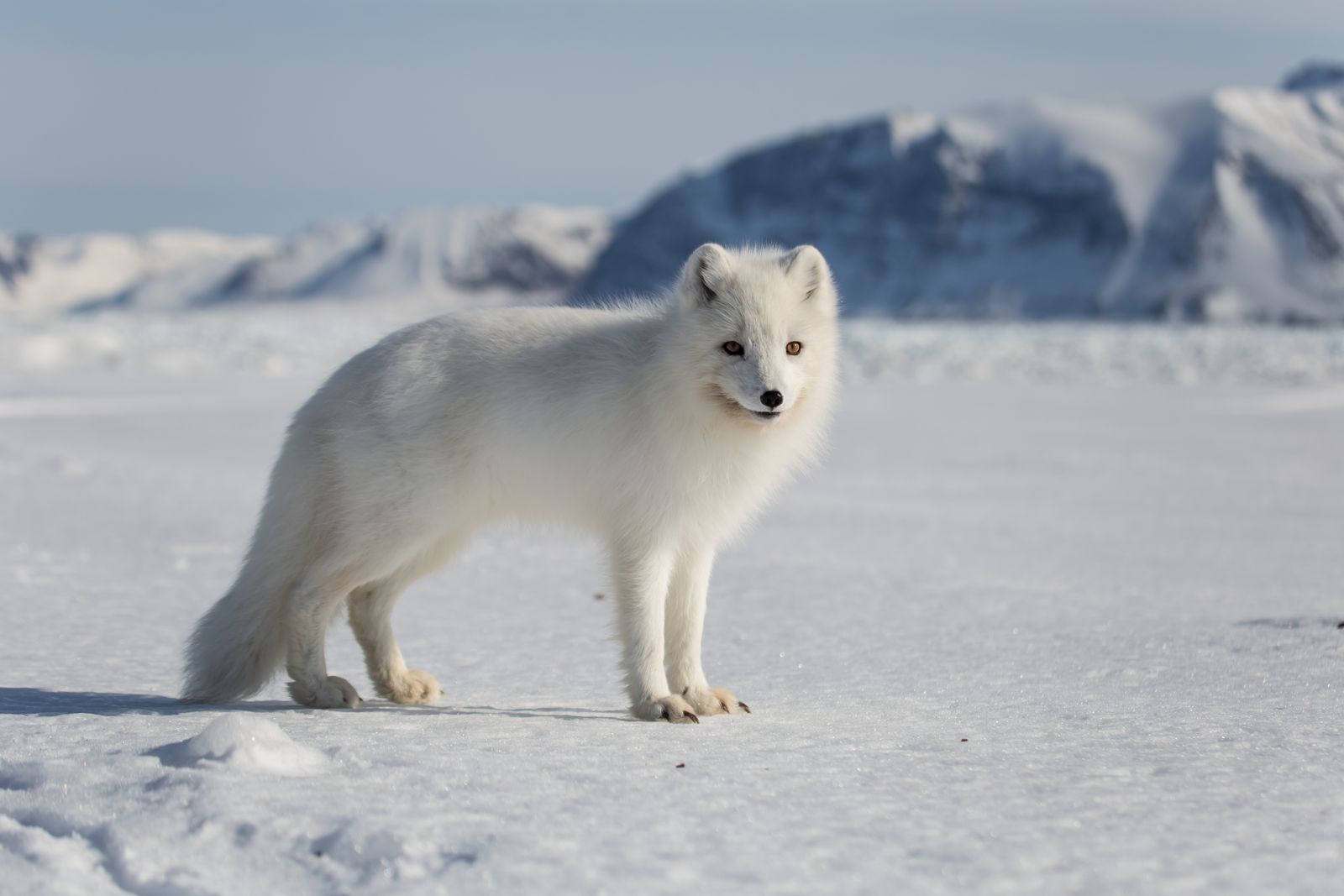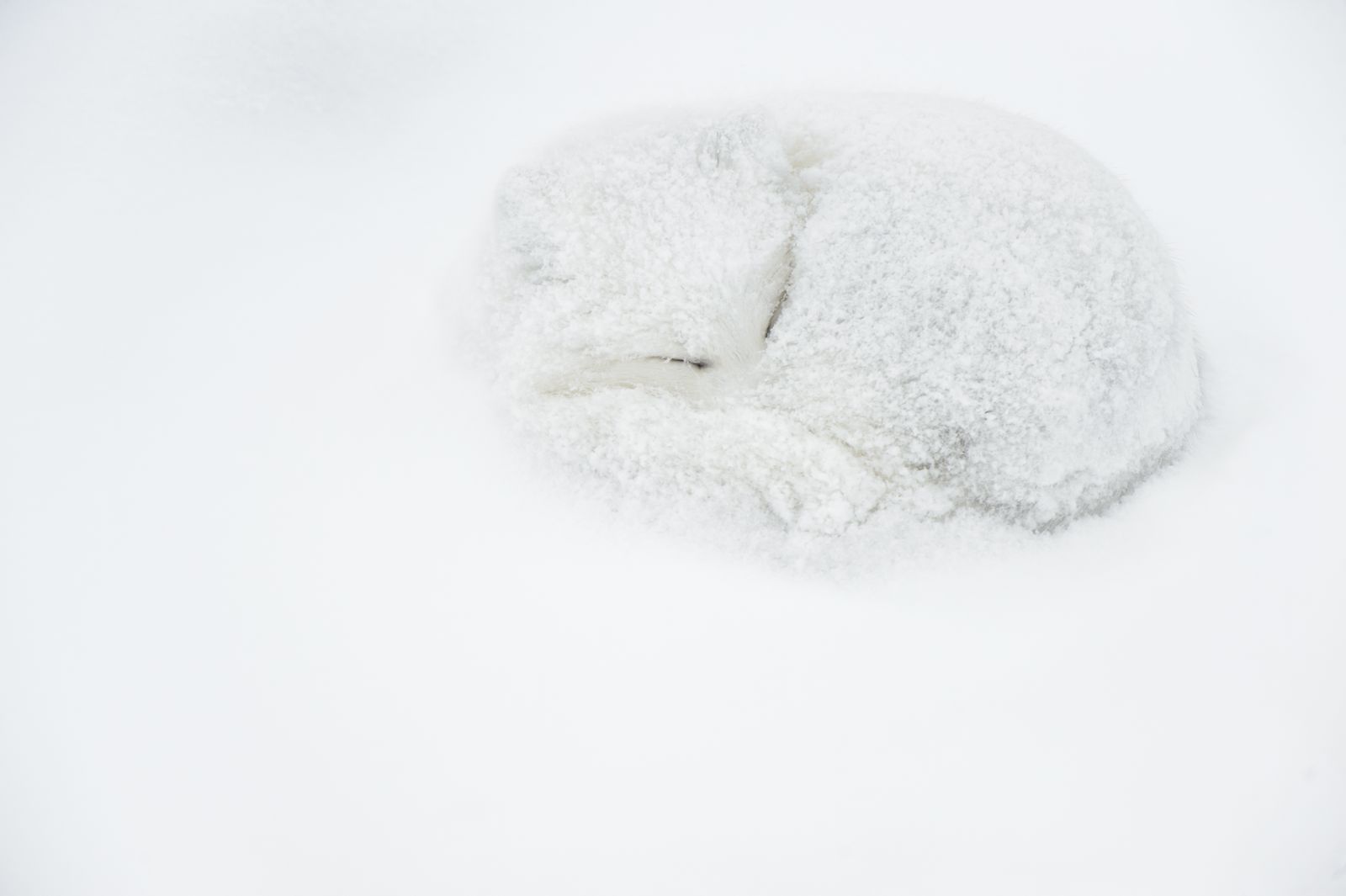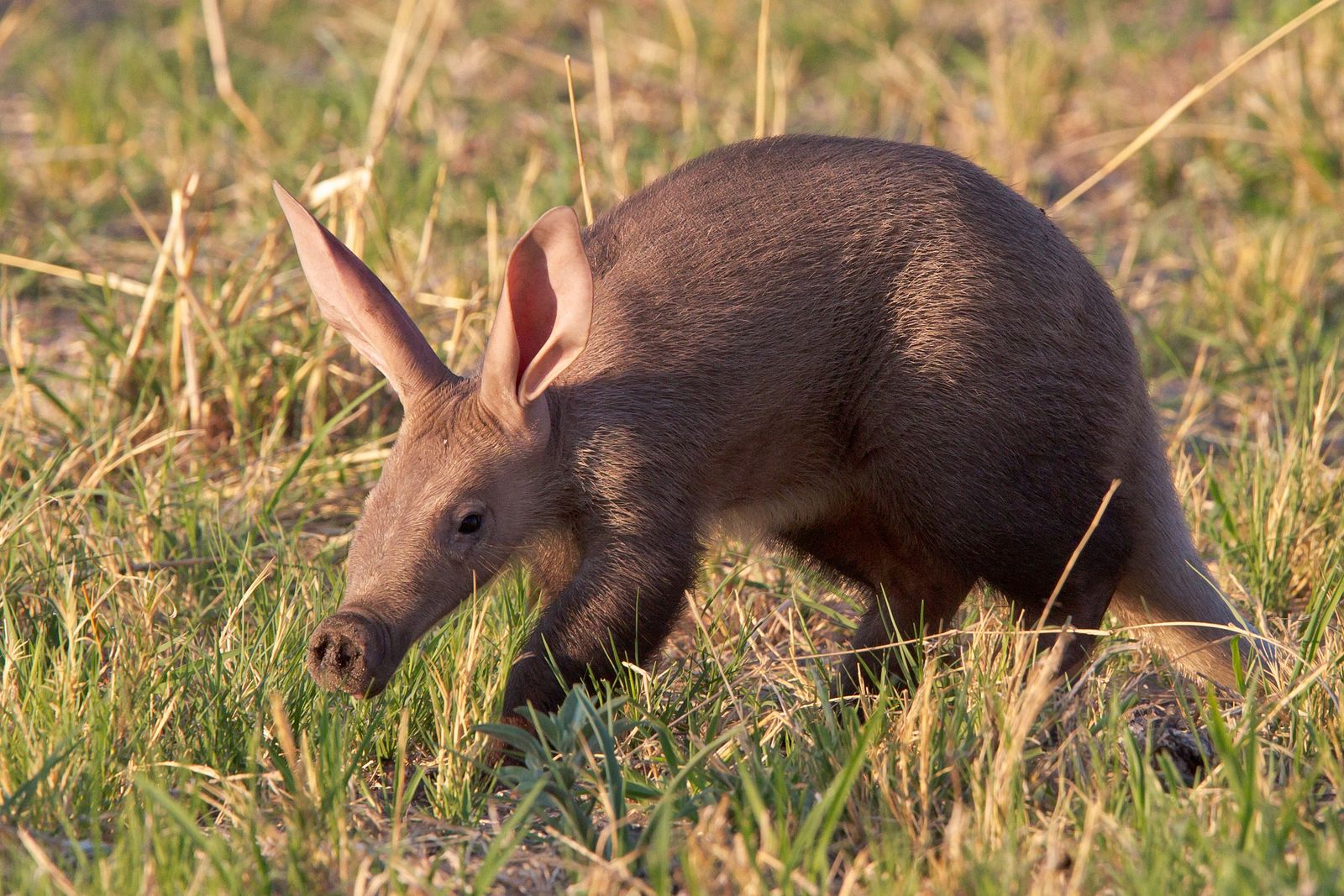As told by Sila, Arctic Fox of the Northern Tundra
There's a saying in the far north: "Winter
doesn't come to the tundra; the tundra becomes winter." As one who has
lived through countless moons of darkness and light, I can tell you this is
true. My pure white coat isn't just for show – it's my uniform as the Winter
Sentinel.
You might have seen pictures of me in my summer
browns, but now, as the first snowflakes begin to dance, my transformation
begins. Like magic, my fur turns as white as the driven snow. This isn't vanity
– it's survival. When you're as small as I am in this vast white world,
becoming one with the landscape is essential.
My role as Winter Sentinel starts long before the
deep freeze. While others migrate south, I prepare. My keen ears can hear
lemmings scurrying beneath three feet of snow – that's a skill earned through
generations of arctic living. Each step I take is calculated; my feet,
fur-padded and small, spread my weight perfectly across the snow's surface.
Nature has designed me as the perfect winter warrior.
The truly challenging times come during the polar
nights, when darkness rules for months. That's when my role as sentinel becomes
crucial. My night vision guides other small creatures to safe feeding grounds.
The arctic hares often follow my tracks – they know I have an uncanny sense for
finding patches where the wind has exposed vegetation.
But do you want to know my greatest secret? It's my
tail – my beautiful, thick tail. When the bitter winds howl and temperatures
plummet to -50°C (-58°F), I wrap my tail around my face like a warm scarf. It's
my built-in protection against the harshest cold you can imagine. Some nights,
I'll curl up tight in the snow, using it as an insulating blanket, my tail
protecting my nose and paws, while the storm rages above.
The young ones often ask me why I don't build a
permanent den like some other animals. I tell them that mobility is our
strength. We must go where the food goes, where the snow allows us passage,
where survival chances are highest. Being a Winter Sentinel means reading the
snow, understanding the wind, and knowing when to move and when to shelter.
Did you know?
- Arctic foxes can survive temperatures as low as -50°C (-58°F)
- Our fur changes colour twice a year for perfect seasonal camouflage
- Our hearing is so precise we can locate prey under deep snow
- Our small, furry paws act like natural snowshoes
- We can reduce our metabolic rate
when food is scarce, using less energy
Some see winter as a time of hardship, but for me, it's when I'm most alive. When others retreat, I thrive. That's what being a Winter Sentinel means – not just surviving the cold, but mastering it, becoming one with it, and helping others find their way through the white wilderness we call home.







